The Quiet Revolution They Almost Missed: How Ingolstadt’s Unsung Prototype Dared to Flow Through the Future
When Audi Sport and Joest Racing unveiled the R15 TDI in early 2009, it marked a conscious departure from the brute V12 of the R10. Chief engine guru Ulrich Baretzky had the bright idea to lop off two cylinders and shrink the engine by 100 mm, crafting a 5.5‑litre turbocharged V10 that churned out over 600 hp and more than 1,050 Nm of torque—yet weighed less, sat further toward the centre, and gave the car surprisingly nimble handling.
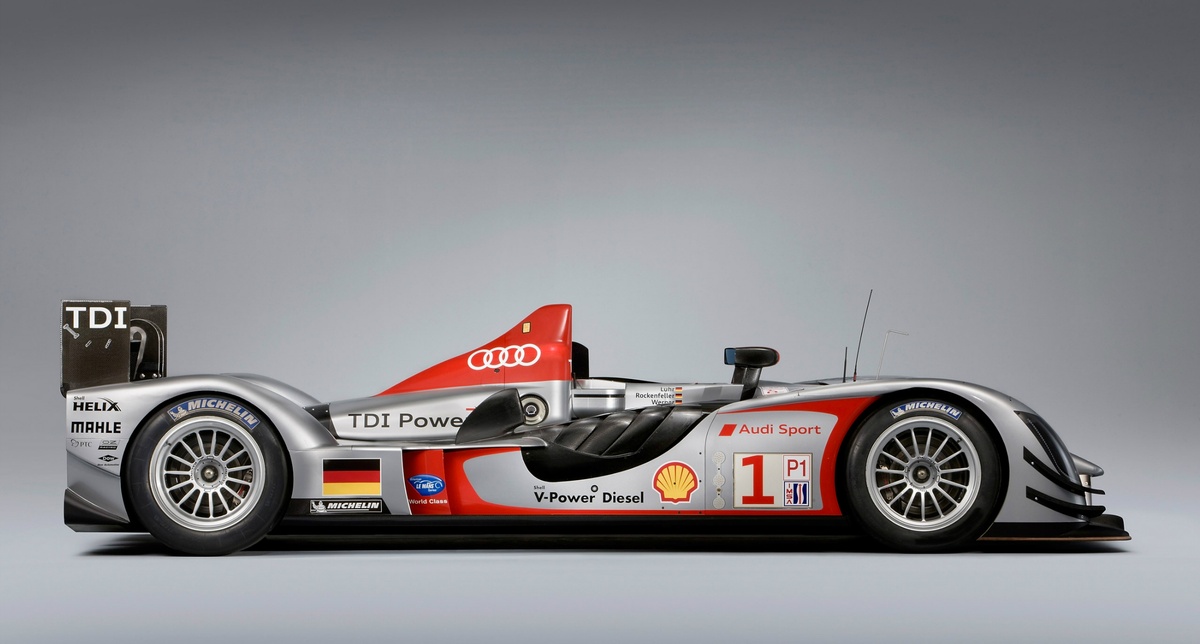
Aerodynamics at Audi wasn’t about flinging air around the car—it was about channeling it through the car. That’s the Clarkson-esque essence: guiding airflow inside, not over. The result? A high‑nose, flow‑through design, LED headlights—the first in an LMP prototype—and an electric system using a lithium‑ion battery for the very first time.
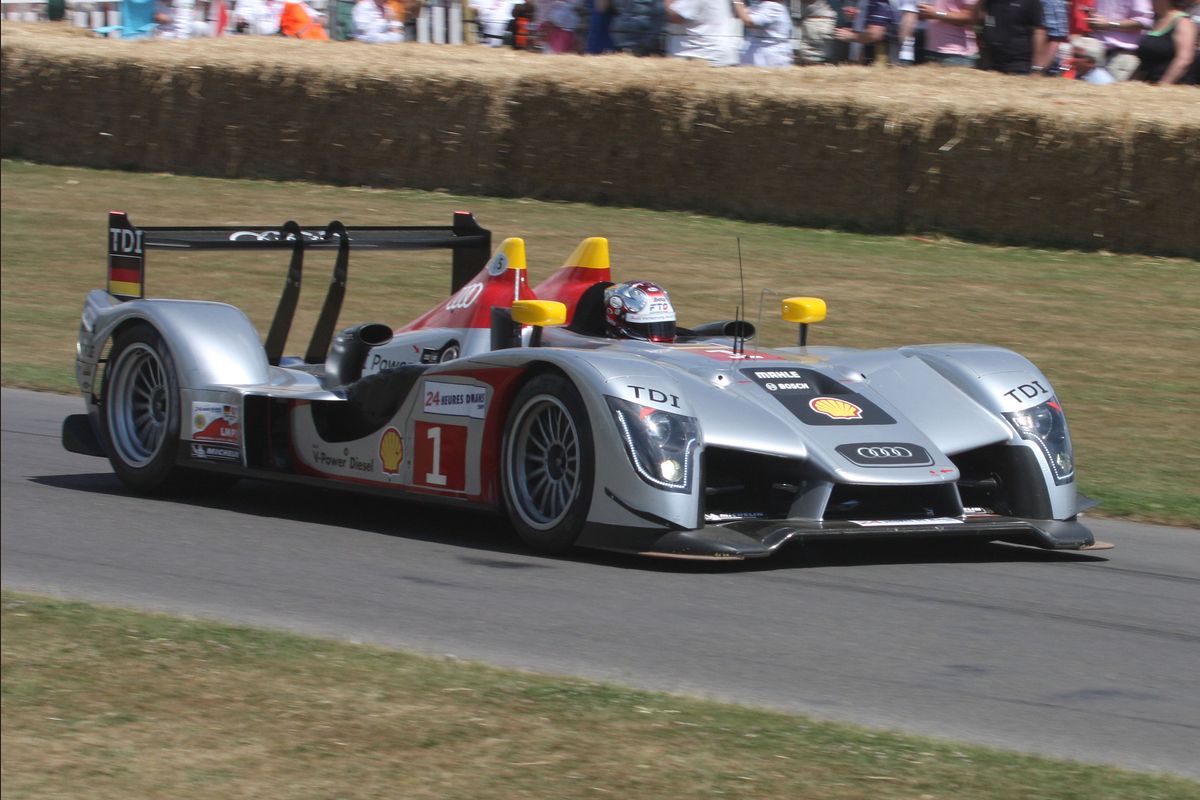
Audi made the R15 TDI debut at Sebring on March 21, 2009. That race was won by the #2 car driven by Allan McNish, Tom Kristensen, and Rinaldo Capello, smashing the distance record over 2,280 km at nearly 190 km/h average speed—a blistering start to the R15’s short career.
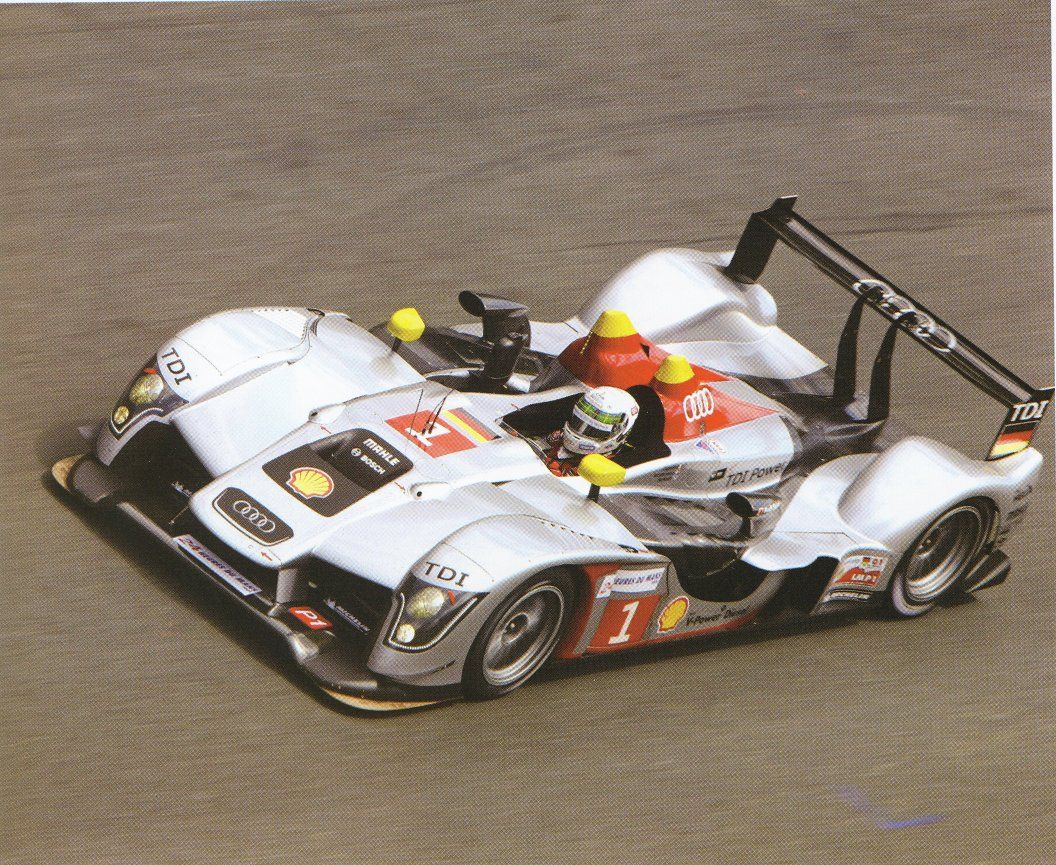
But at Le Mans, June 13–14, 2009, the R15 hit its limits. Despite three entries from Joest Racing, the #1 car only managed P3—its winning streak snapped by the superior Peugeot 908s, which dominated pace and ruled the aerodynamics battle. Peugeot even filed a protest over Audi’s aero elements, though the ACO cleared the design after practice.
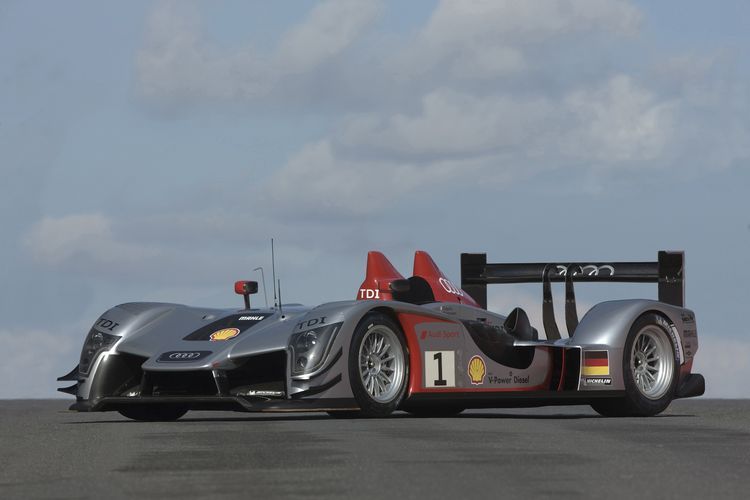
As endurance racing fans later lamented:
“Audi R15 TDI was a step into the right direction... what killed Audi’s momentum in 2009 was lack of testing and racing mileage.” Indeed, due to the 2008 financial crisis, testing cutbacks left Audi underprepared, exposing the R15’s flaws in competition.
Still, in its brief career from 2009–2011, the R15 TDI logged 3 wins in 10 races, twelve podiums, one pole, and two fastest laps before being retired in 2011 at Sebring in its final outing as the R15++.
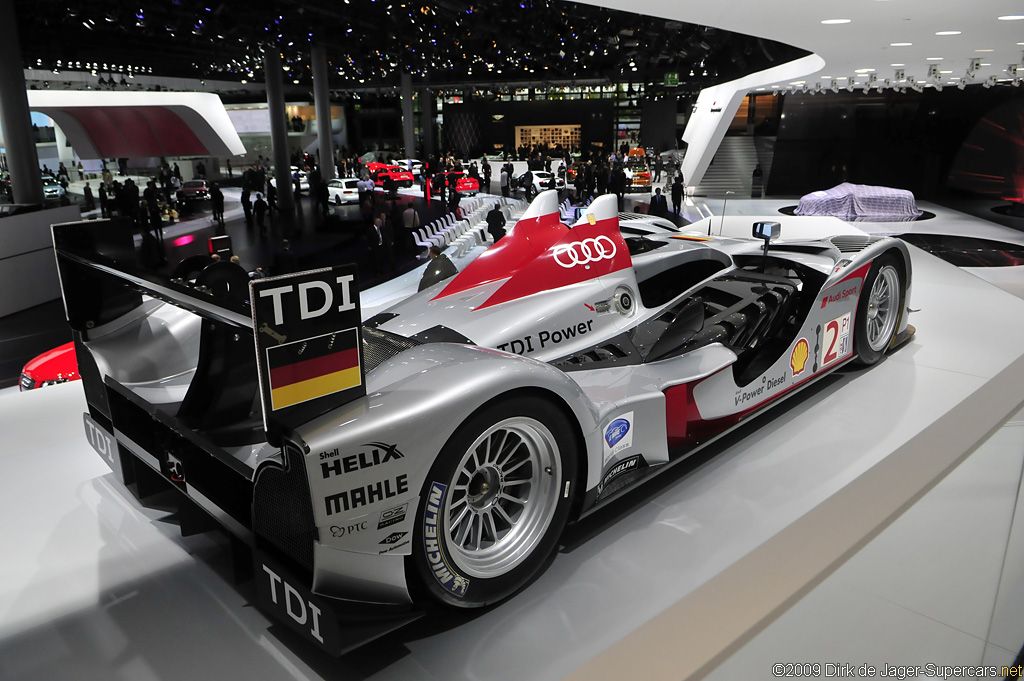
The R15 TDI sits squarely between the pioneering R10 and the eventual closed‑cockpit R18. It represents a rare moment when Audi dared to rethink everything: engine, aero, electrical system. It was a technological stepping‑stone, yes, but also a car cursed by circumstance—a victim of economic cutbacks and timing. Yet for those who love ingenious engineering and bold experimentation, its virtues remain clear.
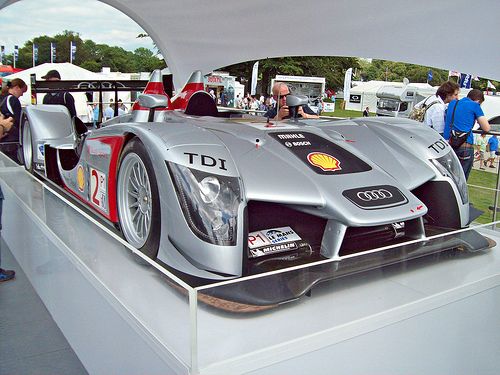
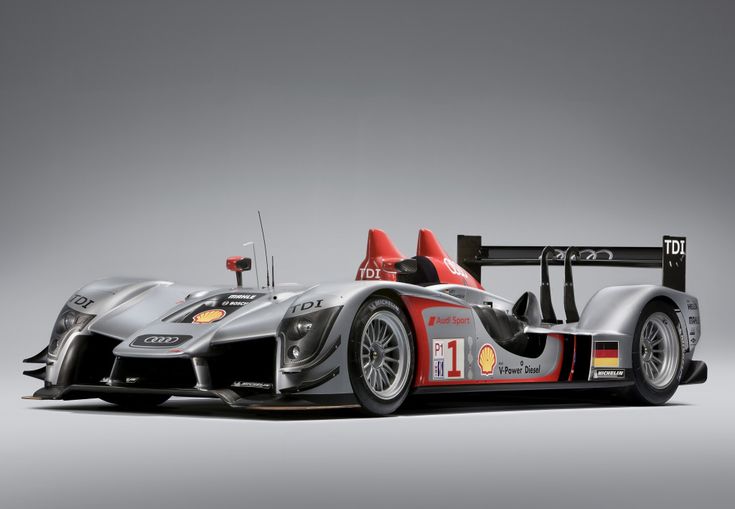
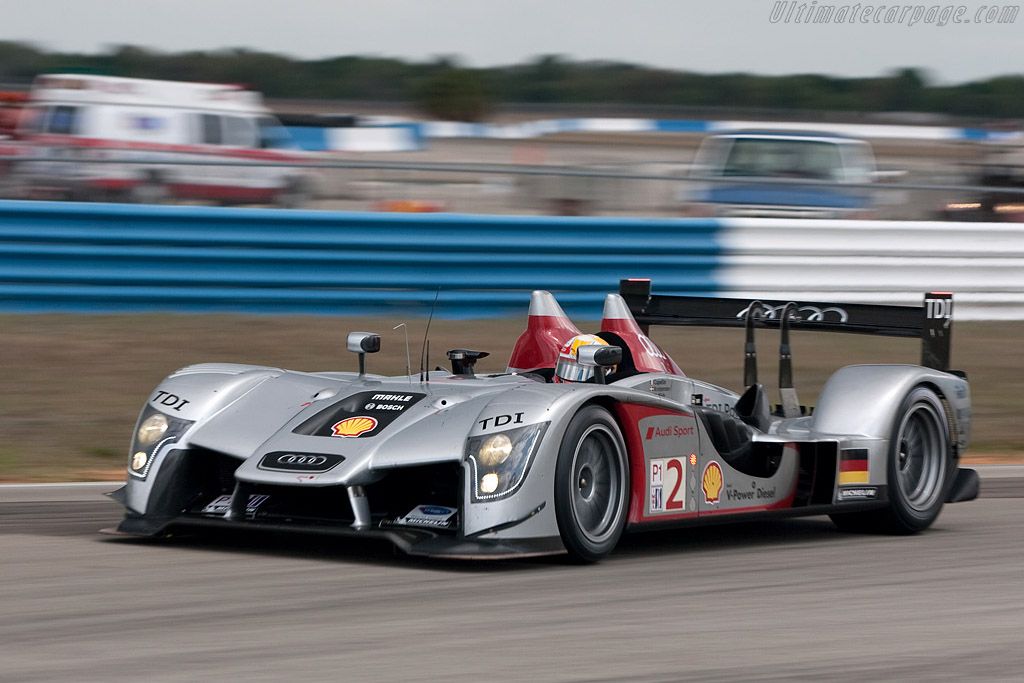
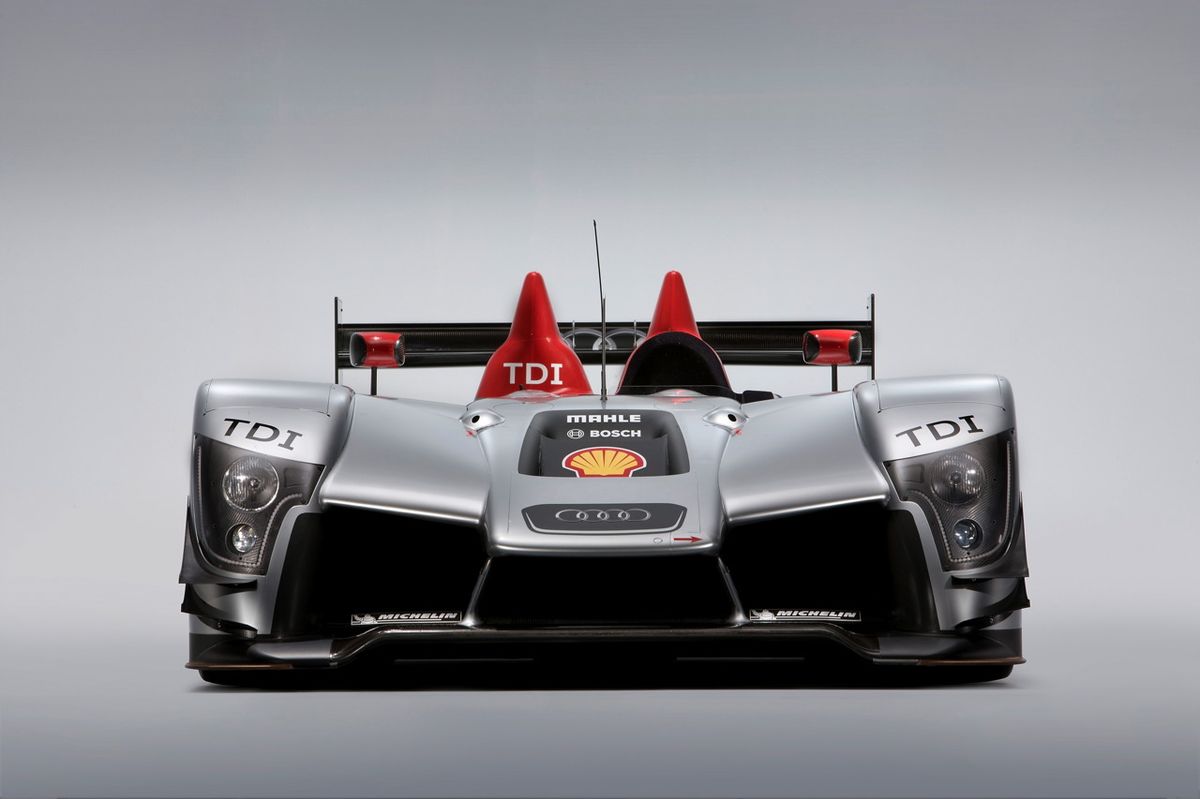
-